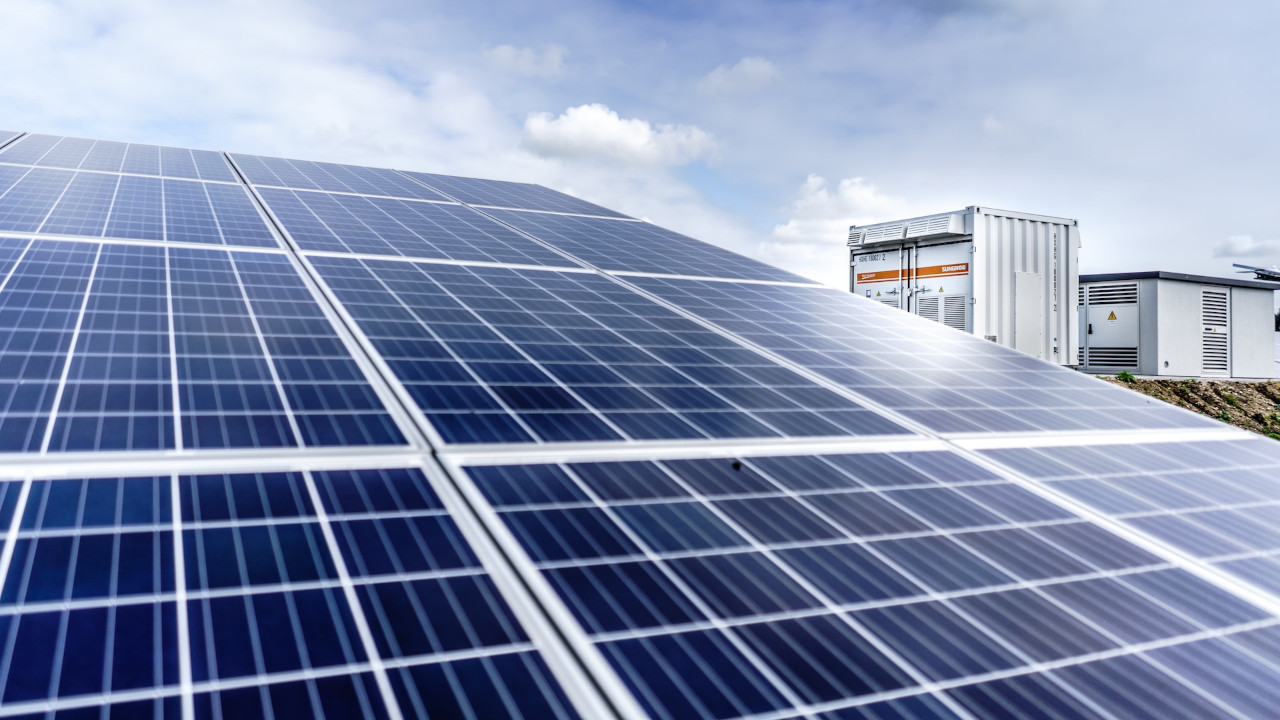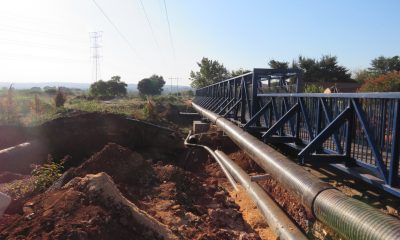Loadshedding
Surge in South Africa’s Solar Panel Imports from China During H1 2023

In the first half of 2023, solar panel imports from China skyrocketed, totalling an impressive 3.4 gigawatts (GW). To put this into perspective, this level of solar panel production nearly matches the generation capacity of Eskom’s Duvha and Matla power stations, each boasting an installed capacity of 3.6 GW.
Ember, an energy-focused think tank, has recently unveiled these startling statistics. Their report from Thursday highlighted China’s booming solar photovoltaic (PV) export industry. It experienced a remarkable 33% increase, reaching a staggering 114 GW within the first half of this year.
Europe emerged as the primary destination for China’s solar PV exports. It accounts for over half at 52.5%, followed by Brazil, which imported 9.5 GW. However, the most rapid growth in solar panel imports occurred in Africa and the Middle East. South Africa is leading the charge.
South Africa, in particular, stands out as a driving force behind import growth for the entire African continent, posting an astonishing 187% increase. Notably, South Africa recorded the second-highest percentage growth in imports after Europe, with an impressive surge of 438%.
Also read: Eskom Urges South Africans to Reduce Usage to Prevent Higher Stages of Load Shedding
The report’s findings shed light on the reasons behind this surge in solar panel imports. Frequent occurrences of load shedding in South Africa have prompted residents to turn to rooftop solar installations as a reliable alternative energy source. Short-term tax incentives from the government also added to this growth.
Households can qualify for a tax credit of up to 25% of the solar PV panel installation cost, which is capped at R15,000. This incentive program began on March 1 and will end on February 29, 2024. Businesses, too, can benefit from an expanded incentive offering a 125% tax deduction for renewable energy projects, valid for two years until February 28, 2025.
The government has also introduced a loan program to facilitate solar financing, with a 20% government guarantee in cases of loan defaults. Cities such as Cape Town and Johannesburg are enticing residents with feed-in tariffs to promote solar energy adoption further.
Gaylor Montmasson-Clair, the South African Renewable Energy Masterplan facilitator, concurred with Ember’s findings, stating they align with the trade data he has been monitoring.
Source: South Africa’s solar panel imports from China skyrocket in first half of 2023
Also read:
SA Corporate Reports Reduced Vacancies, Impact from Load Shedding and Interest Rates
Picture: Unsplash / Sungrow EMEA
Follow us on Google News.






















